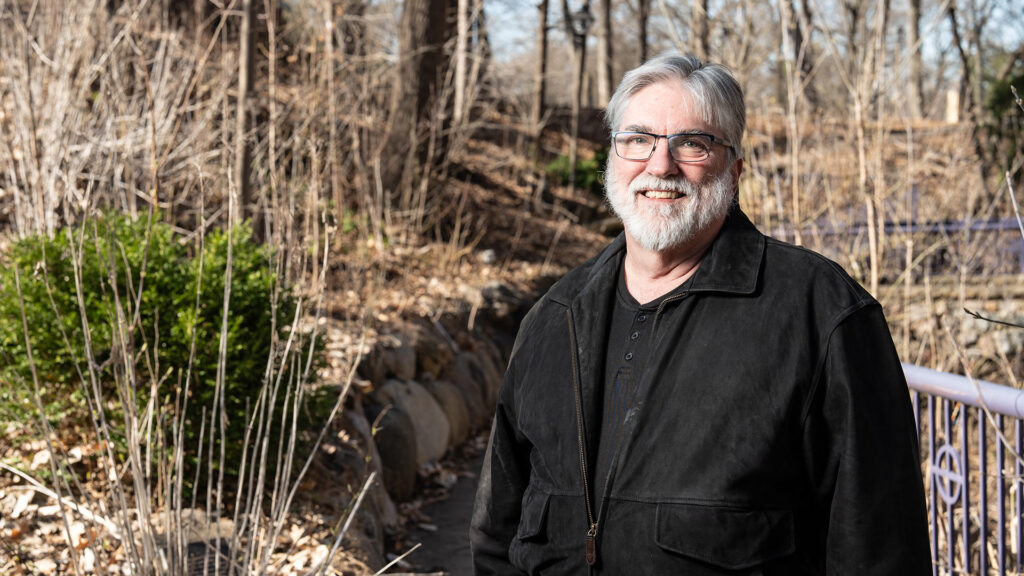
'Familiar Image – Sacred Impression' exhibit of Reformation-era prints to include original engravings by Dürer and Rembrandt
Original engravings, etchings and woodcuts by Dürer, Rembrandt, Goltzius and other masters of 16th and 17th century religious art will be on display this spring at the University of St. Thomas.
Free and open to the public, "Familiar Image – Sacred Impression: The Reformation and Beyond," an exhibit of 24 prints from the Thrivent Financial Collection of Religious Art, runs March 26 through May 31 in the lobby gallery of O'Shaughnessy Educational Center on the St. Paul campus.
The gallery is open 9 a.m. to 10 p.m. Mondays through Saturdays and noon to 10 p.m. Sundays.
Joanna Reiling Lindell, curator of the Thrivent collection and guest curator of this exhibit, and Dr. Lisa Dickinson Michaux, acting co-curator in the Department of Prints and Drawings at the Minneapolis Institute of Arts, will give a lecture, "Printmaking From Dürer to Rembrandt: Technique and Meaning," at 5 p.m. Friday, March 30, in the auditorium of O’Shaughnessy Educational Center. The lecture precedes the exhibit's opening reception in the adjacent lobby gallery. Both are free and open to the public.
With this exhibit Lindell, who has a B.A. from St. Thomas and is working on her master's degree in art history here, underlines the impact of Guttenberg’s printing press on Reformation-era religious art. While printmaking had special significance as an artistic medium, Lindell said, it also was a primary medium for visual communication in the 16th century: "Prints were among the most influential and popular media because they were inexpensive to produce, collect and distribute, making them an ideal platform for political propaganda, humor and religious expression."
Gradual shifts toward secular imagery and trends toward realism took hold as church decoration declined, but art was commissioned for a rising middle class. Portraits of Reformers such as Martin Luther took on the status of religious iconography, and Protestant emphasis on Scripture kept religious art alive and vibrant, Lindell said. "Biblical stories that had been depicted thousands of times were presented in this new form, with new meaning and new emphasis," she said. "Examples are found in this exhibition, highlighting some of the stunning Dutch graphic contributions of the 16th and 17th centuries."
In addition to works by Dürer, Rembrandt and Goltzius, the exhibit contains etchings, woodcuts and engravings by German artists Hans Sebald Beham, the Lucas Cranachs (younger and elder), Hans Baldung Grien, Lambert Hopfer; Dutch artists Ferdinand Bol, Cornelis Cort, Philip Galle, Lucas van Leyden, Jan Saenredam and Johannes Sadler; and Flemish artists Hieronymous Cock and Raphael Sadeler.
Dr. Michelle Nordtorp-Madson, chief curator at St. Thomas, expressed the university's gratitude to Thrivent Financial for Lutherans, in whose Minneapolis corporate center the full Religious Art Collection is housed.
Dr. Julie Risser, adjunct instructor in St. Thomas' Art History Department, is consulting curator for this exhibit.
For more information about this or other exhibits at St. Thomas, contact the university's Art History Department, (651) 962-5560.






